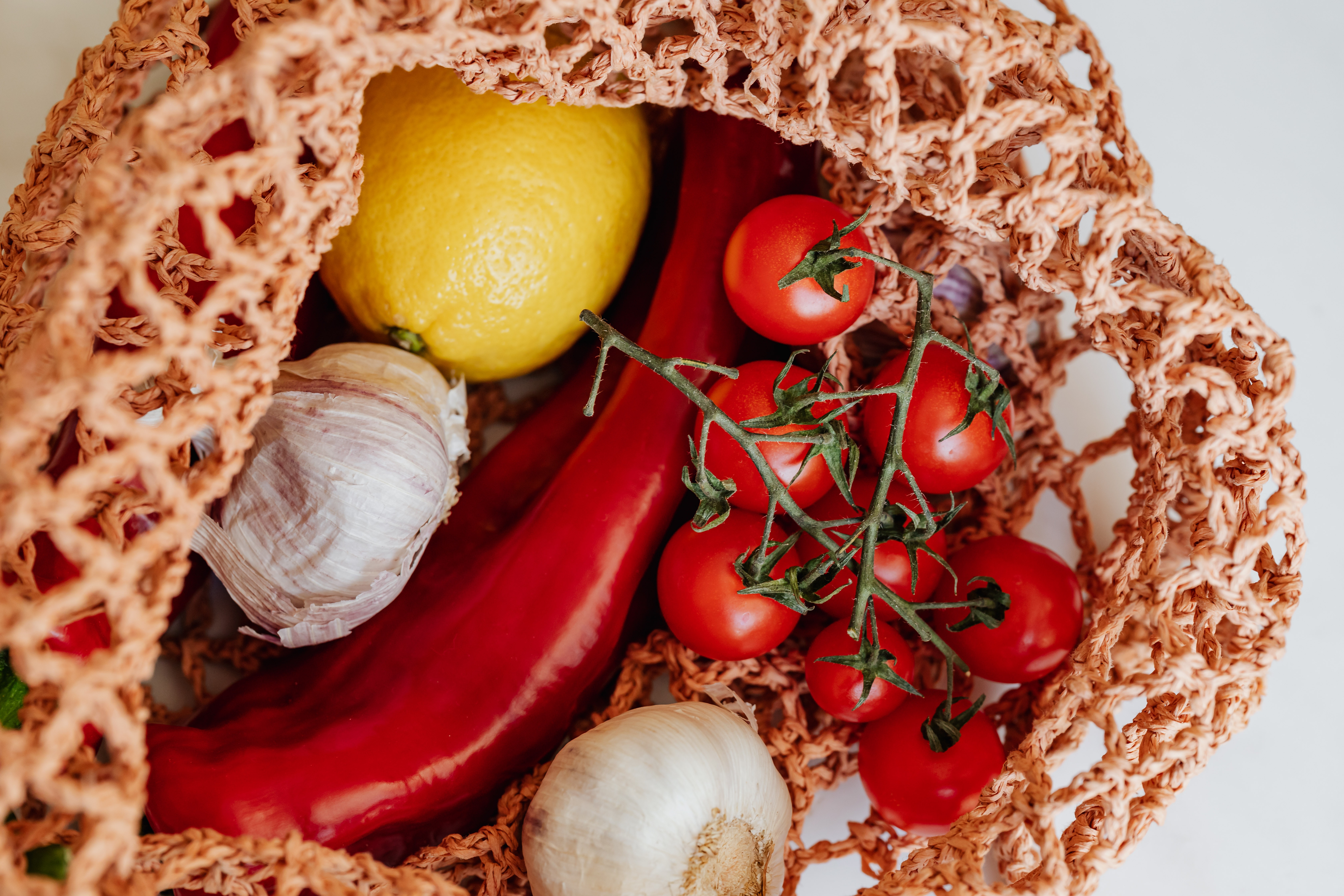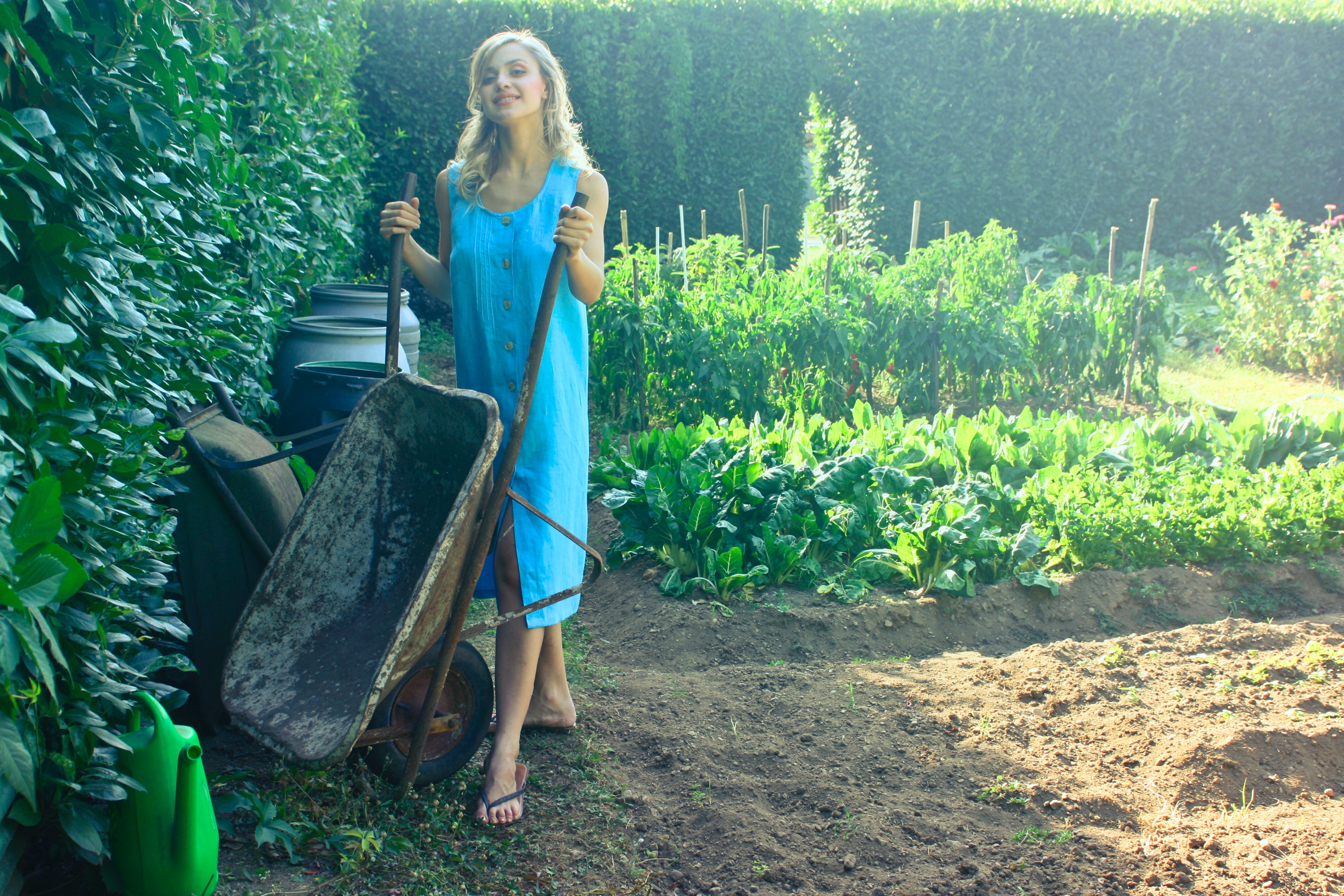
1. Recycling
Recycling conserves natural resources, reduces pollution and saves energy. Recycling involves sorting and cleaning up trash to produce "secondary materials" — mainly glass, paper, metal and plastic — for reuse in products. Recycled aluminum, for example, is a particularly valuable resource; manufacturing using recycled aluminum is 92% more efficient than when unused raw materials are used, according to the Aluminum Association. About 40% of the country's aluminum supply comes from recycling, but we are still throwing away nearly $1 billion worth of aluminum cans that could have been recycled every year.
2. Turn down the bag
Plastic bags pose ecological problems. They take hundreds of years to decompose and pose a particular threat to wildlife. Hundreds of thousands of marine mammals die every year after mistaking plastic bags, which are laced with chemicals, for food. Many animals get entangled in plastic bags and suffocate. A sound approach to retail bags is to decline them when your purchase is otherwise carriable or bring your own bags. Use and reuse all those bags — paper, plastic, cloth — that have been accumulating in the closet over the years — whether or not they are designed to be "reusable." If they become too grubby to carry your new purchases, use them to line waste cans or for picking up litter. And, ultimately, dispose of them properly — recycle them if you can.


3. Buy products with less packaging
The waste landfills are bulked up with consumer product packaging. Containers and packaging made up the largest portion of municipal waste at almost 78 million tons, or nearly 30%, according to the EPA. Slightly more than a third gets recycled, but huge amounts end up in landfills. Packaging also adds significantly to both the cost and carbon footprint of consumer products. When it's not possible to avoid packaging, reuse containers, polystyrene (styrofoam) fillers, and bubble wrap, or see if your local shipping service can use them. The third best alternative, after reducing and reusing, is recycling.
4. Buy only what you will use
Humans are huge consumers of cars, food, furnishings, household products, recreational equipment, and electronics — and we buy much more than we need with many of our consumer purchases getting very little use. Excessive personal consumption of goods means higher direct and indirect costs to the environment, including the energy used and pollution emitted in the extraction of natural resources, and in the manufacturing, transportation, and disposal of goods. These costs can be substantially reduced by avoiding impulse buying and making a realistic assessment of need before making a purchase. When you do have to buy goods, find durable alternatives with the smallest amount of packaging and the lowest possible carbon footprint and keep them in good repair.


5. Kick the bottled water habit
Britain's consumed 9.7 billion gallons of bottled water in 2017, beating carbonated drinks for a second year in a row. Though British's tap drinking water supplies are generally clean and have to meet EPA standards for potability, it's the convenience of bottled water that makes it so popular. And consumption continues to grow as consumers move away from sugary drinks in pursuit of better health and still use bottled water to the detriment of environmental health. According to researchers from the Pacific Institute in Oakland, California, energy required to produce, transport, and chill bottled water requires up to 2,000 times the energy required to produce tap water. In addition, plastic bottles can take 450 years or more to decompose. So, yes, drink plenty of water for good health, but use a reusable water bottle or simply a glass as you pour water from your ta.
6. Eat healthier
You will reduce your carbon footprint if you limit the amount of meat and dairy you consume. Animal-derived food production has a much higher greenhouse gas output than grain and vegetable production because of the highly inefficient transfer of plant energy to animal energy. Depending on how it's measured, animal-based agriculture is responsible for about 15% of all worldwide GHG emissions, according to the Food and Agriculture Organization of the United Nations. You don't need to become a vegetarian or a vegan to reduce your footprint. By eating chicken instead of beef for one year, you will reduce carbon dioxide emissions by 882 pounds, and by having just one vegetarian meal a week you could save the GHG equivalent of driving 1,160 miles, according to the Center of Sustainable Systems at the University of Michigan.


7. Choose local and organic
Growing organic food is labor intensive but requires 30%-50% less energy to produce. Eating locally-grown food also saves energy because of the lower transportation costs. Eating all locally-grown food for one year could save the GHG equivalent of driving 1,000 miles, according to the Center of Sustainable Systems at the University of Michigan.
8. Leave your car at home
While great strides have been made to reduce tailpipe emissions — 99% since the 1960s — we are driving more than ever. There are more cars on the road than there are licensed drivers, and each vehicle emits about 4.6 metric tons of carbon dioxide per year. Whenever you avoid getting into your car, you are doing the environment a favor. Walk or bike when you can, and use public transportation where you can't. Find companionable people who make the same routine trips you do and form a carpool. Rather than taking short trips to do your errands, combine your trips, thereby reducing mileage and avoiding a number of cold starts.


9. Volunteer
Growing organic food is labor intensive but requires 30%-50% less energy to produce. Eating locally-grown food also saves energy because of the lower transportation costs. Eating all locally-grown food for one year could save the GHG equivalent of driving 1,000 miles, according to the Center of Sustainable Systems at the University of Michigan.
10. Compost
Nearly 30% of the waste stream consists of food and yard waste, according to the EPA. Over 50 million tons go to a landfill or incinerator. Composting not only saves disposal costs — and reduces the methane emitted from landfills — but it also creates a valuable soil amendment, reducing the need for manufactured fertilizers. You don't need to have a lot of land or technology to compost your household food and yard waste, so long as you follow a simple formula and keep meat, bones and dairy products out of the mix.
